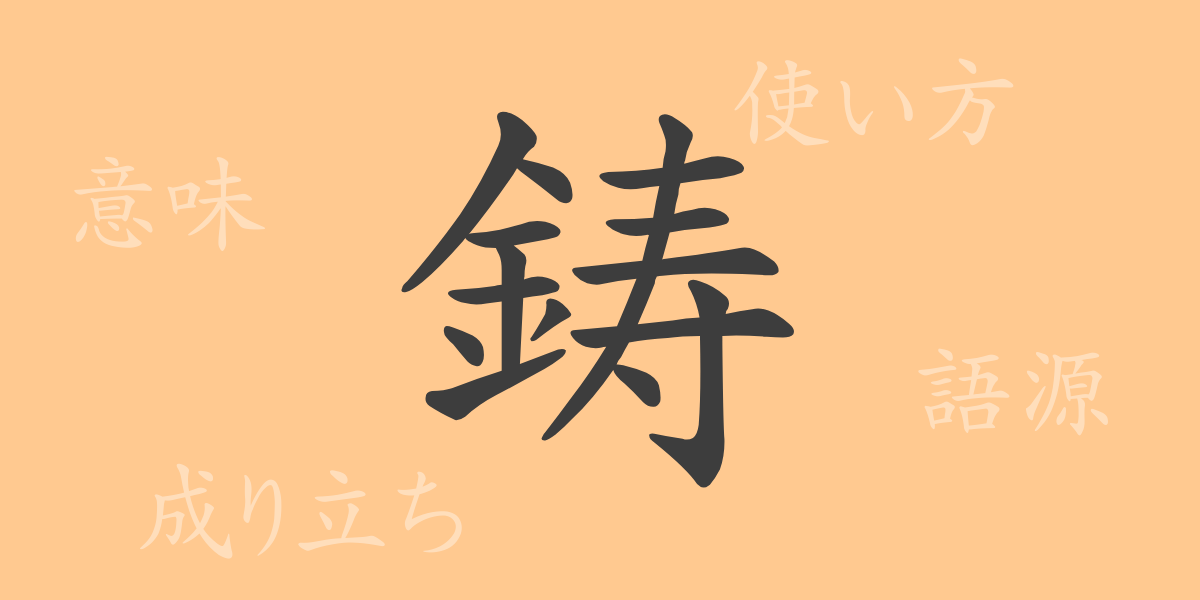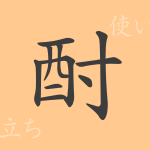Japanese culture is known for its complex and beautiful script, each character carrying its own history. ‘鋳(チュウ)’ may not be a kanji you encounter daily, but its use spans many aspects of life. This article delves into the origins, meanings, and applications of ‘鋳’, and explores its role in Japanese culture, including how it is used in various idioms and proverbs.
Origins of ‘鋳(チュウ)’
The kanji ‘鋳’ originated from ancient China, symbolizing the process of melting metal and casting it into molds. The character combines ‘金’ (metal) and ‘川’ (stream), depicting molten metal flowing into forms. This crafting method was vital during periods when metalwork was prevalent, giving birth to the character that embodies these processes.
Meaning and Usage of ‘鋳(チュウ)’
‘鋳’ primarily denotes the casting of metal, known as ‘鋳造(ちゅうぞう)’. More broadly, it refers to the act of forming something. It is typically used in terms like ‘鋳金(ちゅうきん)’ (casting gold) and ‘鋳鉄(ちゅうてつ)’ (cast iron), or as a verb ‘鋳る(いる)’ indicating the act of casting.
Readings, Stroke Count, and Radical of ‘鋳(チュウ)’
Here are the basic details of the kanji ‘鋳’:
- Readings: On’yomi ‘チュウ’, Kun’yomi ‘いる’
- Stroke Count: 15 strokes
- Radical: ‘金’ (metal)
Phrases and Idioms Involving ‘鋳(チュウ)’
While there aren’t many idioms or proverbs using ‘鋳’, here are some examples:
- ‘鋳造(ちゅうぞう)’ – The process of melting metal and casting it into molds.
- ‘鋳物(いもの)’ – Objects made by casting.
- ‘鋳掛け(いかけ)’ – The act of pouring metal into molds during casting.
- ‘鋳物師(いものし)’ – A craftsman who specializes in casting.
These terms are used specifically in contexts related to casting and metalwork.
Conclusion on ‘鋳(チュウ)’
The kanji ‘鋳’ encapsulates the process of metal casting, a technique indispensable from ancient times to modern-day across various applications from crafts to industrial products. The artistry and skill involved in traditional Japanese metalwork also highlight the significance of ‘鋳’. This character, therefore, represents more than just a symbol; it carries a rich history and cultural depth.

























